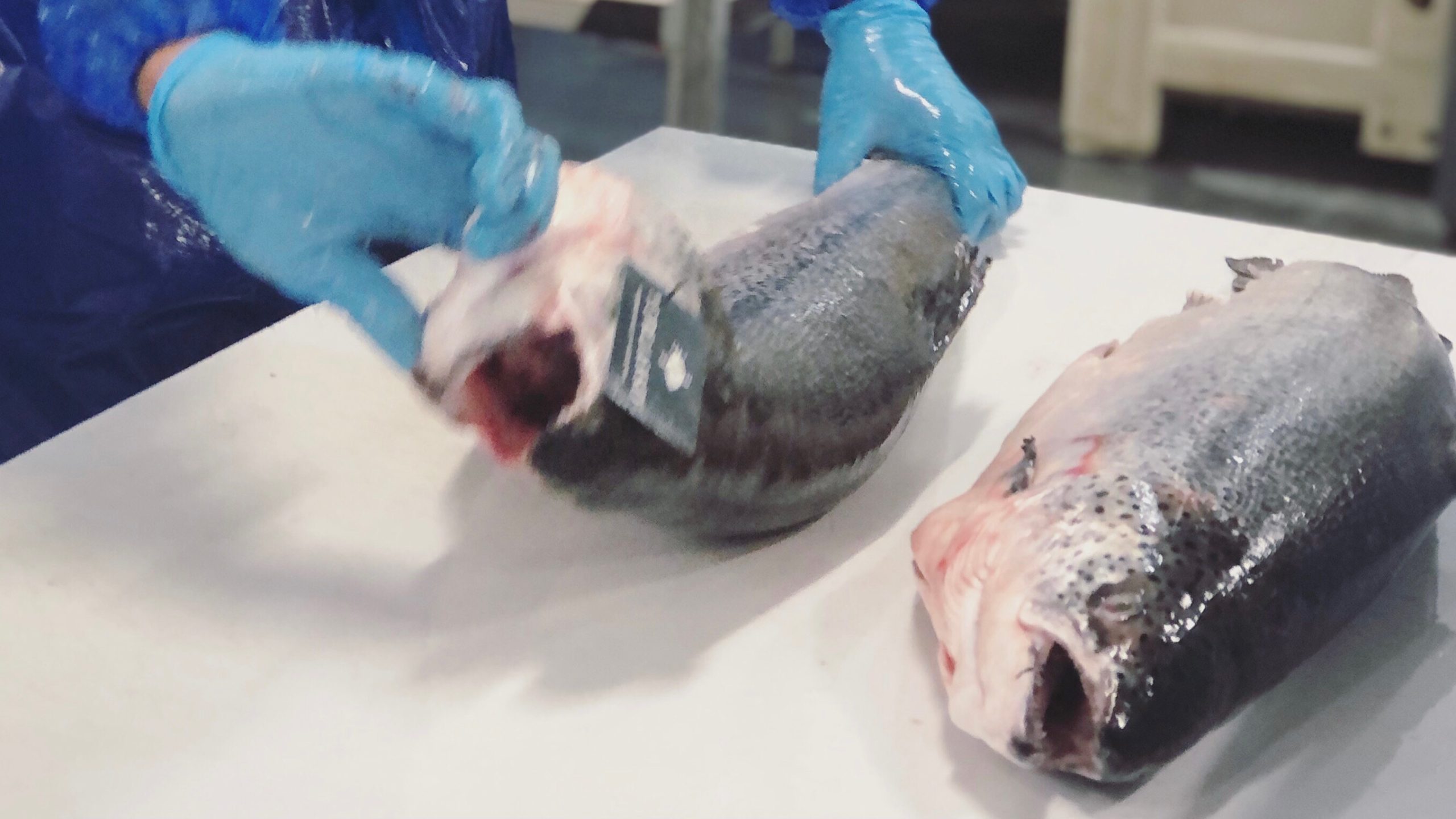Is it necessary to farm salmon?
The development of farmed salmon is quite a hot topic. Arguments against farm-raised salmon often highlight the negative health and environmental effects of aquacultured salmon specifically in comparison to wild-caught salmon. While some concerns of farming salmon may hold some truth, when practicing safe aquaculture techniques farmed salmon can be a great solution to a wide range of problems. One of those problems is food security. Unless we see a shift in our dietary habits, aquaculture is a fantastic way to meet the growing demand for food. According to the Northwest power and conservation council, salmon are extinct in nearly 40% of rivers on the West Coast due to habitat degradation and loss, hydropower development, overharvest, and the impacts of hatchery fish. To effectively support the wild stock, we must invest in finding ways to produce farmed salmon without negatively impacting the surrounding environment which includes protecting the genetic diversity of the native species. It is also important to sustain the nutritional value of farmed salmon so that it is equally marketable as its wild counterpart. This is no easy task but there are farms that are proving that producing sustainable and nutritional farmed salmon is possible. A couple of these farms include Ora King, Verlasso, and Loch Duart salmon. This blog will go more in-depth to the reasons we support sustainably farmed raised salmon here at Royal Hawaiian Seafood.
Good examples of farmed salmon (research provided in part by Alec Yeaney)
Ora King Salmon (Green Ranked)
Ora King Salmon is a world-renowned fish known for its naturally high oil content which can be seen in the striking marbled fat lines. Not only is it the preferred fish for top culinarians around the world, but Ora King is also committed to growing King salmon in the most sustainable way possible. Ora King is one of the few farmed salmon that has received a green (Best Choice) rating from the Monterey Seafood Watch Program. They put fish welfare at the center of their business as they believe a healthy, low stress environment for our salmon yields higher survival rates, superior fish quality and less impact on the environment. Their feed is derived from specifically selected ingredients containing complex fats and quality proteins, along with carbohydrates and essential vitamins and minerals. Due to the low stocking densities, disease outbreaks are manageable. Additionally, the feed does not contain ingredients of genetically modified/transgenic origin, antibiotics, growth hormones/promoters or artificial coloring.
Verlasso Salmon (Yellow Ranked)
Verlasso Atlantic Salmon is produced by the company AquaChile and it is considered their most premium fish. The Monterey Seafood Watch gave Verlasso salmon the coveted “Yellow, Good Alternative” recommendation due to the company’s dedication to safeguarding the environment. What stands out about Verlasso salmon is the feed. Their fish feed is comprised of algae rich in Omega-3’s and fish trimmings sourced from whole wild-caught feeder fish sourced by certified sustainable fisheries. The feed is now comprised of less than a 1:1 ratio of “fish in, fish out” meaning that for every 1 lb of Verlasso salmon grown there is less than 1 lb of wild fish used. This is an important note as an increased amount of wild fish is harvested for feed results depleted feed for wild populations. Verlasso salmon was the first ocean-raised salmon to receive a yellow ‘Good Alternative’ recommendation from the Monterey Seafood Watch program.
Loch Duart Salmon (Red Ranked)
Loch Duart is a Scottish farmed Atlantic salmon company based in northwestern Scotland. They have been farming in the Sutherland region since 1999 and in Hebrides (North and South Uist) since 2006. Loch Duart was the first salmon company in the world assured by the RSPCA (UK-based animal welfare charity). It is also one of the first non-French food produce to be awarded the Label Rouge quality mark. Their salmon is renowned for its taste, but we are particularly interested in the way that they raise the salmon. Sea lice is a prevalent problem for farmed Scottish salmon. Loch Duart does not use any antibiotics to treat sea lice in their pens, instead, they use wrasse fish. Wrasse fish, also known as ‘cleaner fish’, is a natural and efficient method to treat sea lice. They use two species: Ballan wrasse and lumpfish, both of which are native to Scottish waters. Additionally, Loch Duart’s feed mimics the natural one of wild salmon as closely as possible with sustainable and ethically sourced products. Furthermore, their fishmeal selection uses a base of Icelandic capelin. The great advantage of using Icelandic capelin is that the fishery is for human consumption, primarily for the roe, and the salmon meal is thus a byproduct of the roe caught for human consumption. This is the perfect solution for a company that wants to feed fish to fish and produce tasty, healthy salmon in the most sustainable way.
Conclusion:
Aquaculture is now more important than ever. Last year was the first year ever that more farmed fish was consumed than wild fish. The increasing demand for food needs to be met with innovative and sustainable methods that provide nutritional proteins that meet the culinary needs of our growing population. While wild salmon is a delicious and nutritious protein it is not always readily available. Companies such as Verlasso, Loch Duart, and Ora King Salmon prove that it is possible to develop healthy and sustainably farmed salmon. There are companies that are developing indoor recirculation tanks that are especially promising regarding producing low waste and sustainable salmon.

